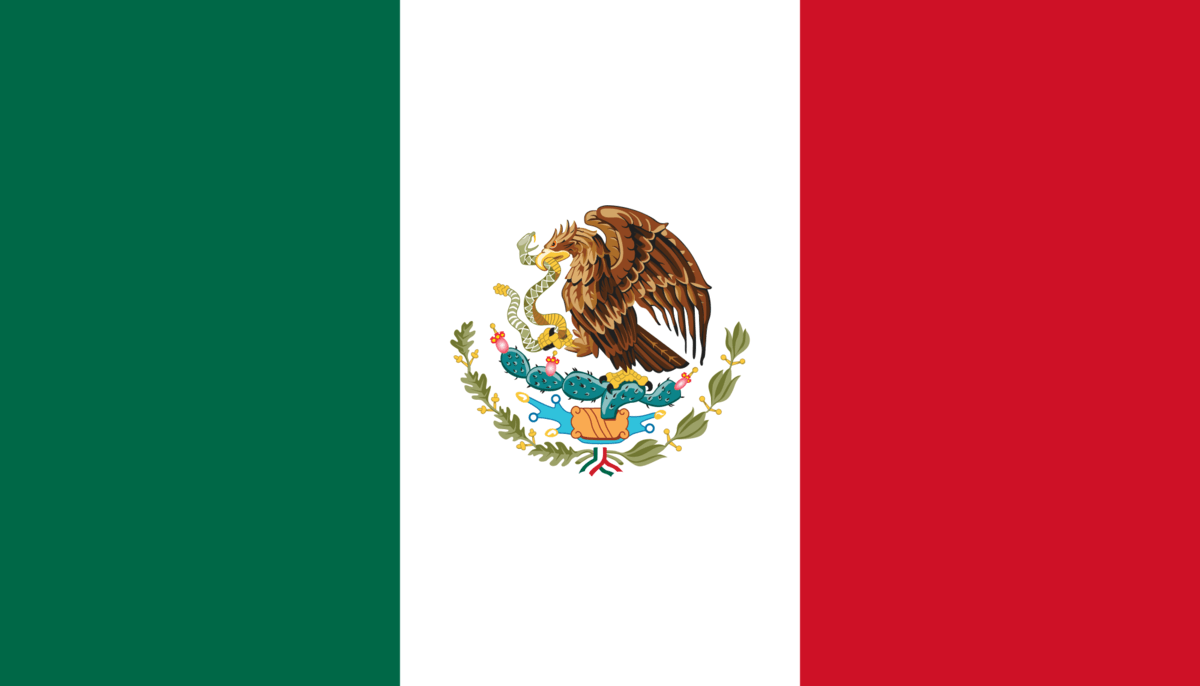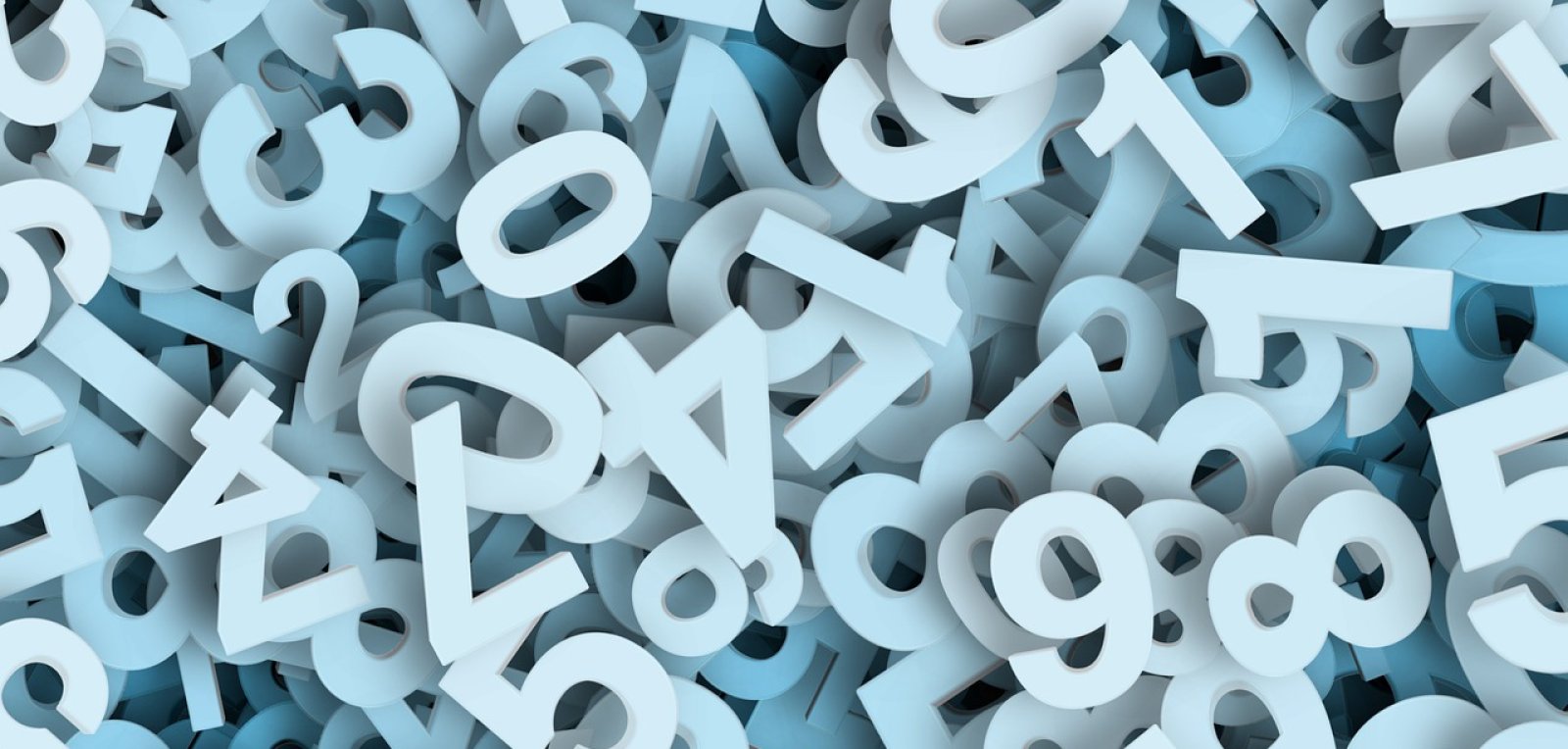Numbers in Spanish or any other language are not limited to mathematical contexts and operations. They are part of everyday communication.
Cardinal numbers, or cardinals, indicate quantities (one, two, etc.), whereas ordinal numbers express order (first, second, and so on). Today we will show you how to correctly use cardinals in your Spanish sentences.
Counting up in Spanish
First, let’s take a look at the table below:
| Numbers | Spanish Spelling |
| 1-10 | uno, dos, tres, cuatro, cinco, seis, siete, ocho, nueve, diez |
| 11-19 | once, doce, trece, catorce, quince, dieciséis, diecisiete, dieciocho, diecinueve |
| 21-29 | veintiuno, veintidós, veintitrés, veinticuatro, veinticinco, veintiséis, veintisiete, veintiocho, veintinueve |
| Multiples of 10 (20-100) | veinte, treinta, cuarenta, cincuenta, sesenta, setenta, ochenta, noventa, cien (ciento when followed by another number) |
| Multiples of 100 (200-1000) | doscientos, trescientos, cuatrocientos, quinientos, seiscientos, setecientos, ochocientos, novecientos, mil |
Note how we write numbers made up of two other numbers. We normally write 16 through 29 as one word, and 31 up to 99 as two words.
We usually spell multiples of 100 as one word by adding the multiple number before cientos. The exceptions to this pattern are quinientos (from cinco), setecientos (from siete), and novecientos (from nueve).
Cardinals often function as adjectives
Cardinal numbers commonly function as adjectives in a sentence. In this case, they go before the noun they are referring to. Let’s look at a couple of examples:
Tip: Click on any of the linked sentences in this article (while on a mobile) to add them directly to your Fluent Forever app, so you can study them later. Don’t have our app yet? Download it here!
- Mi maestro ha traído cincuenta lápices para todos los niños de la clase. (My teacher has brought fifty pencils for all the children in the class.)
- La reina tenía una corona de oro con más de cien perlas. (The queen had a gold crown with more than one hundred pearls.)

Image by Bronisław Dróżka from Pixabay
In the above sentences, the numbers cincuenta (fifty) and cien (one hundred) are located before the nouns lápices (pencils) and perlas (pearls), respectively.
Using cardinal numbers as pronouns
In certain contexts, cardinal numbers can act as pronouns. In such cases, they replace a previously mentioned noun in a sentence or conversation.
- -¿Han llegado los niños? -Sí, ya llegaron diez. (-Have the children arrived? -Yes, ten have already arrived.)
- La escuela necesita nuevos maestros este año. Necesita al menos tres. (The school needs new teachers this year. It needs at least three.)
In these two examples, diez (ten) and tres (three) refer to a specific number of niños (children) and maestros (teachers), respectively. Here the cardinals serve as pronouns, eliminating the need to repeat the said nouns.
When numbers act as nouns
Another common use of cardinal numbers in Spanish is to talk about numbers specifically. Take a look at the following sentence:
- En mi sueño, la chica escribía un gran cien en una nota. (In my dream, the girl wrote a big hundred in a note.)
In this case, un…cien acts as a noun since it refers to the actual number that the girl drew in the dream.
And that’s how you use cardinal numbers in Spanish. Ready to start counting?
Written by Isabel Matos





